Mining in Córdoba Province, Andalucia the influence of British mining companies
By Nick Nutter | Updated 8 Mar 2022 | Andalucia | History |
Login to add to YOUR Favourites or Read Later
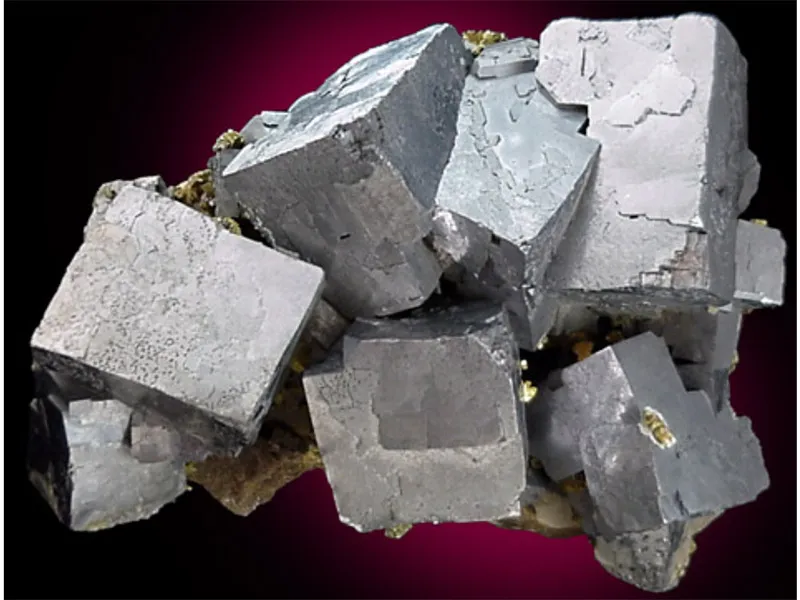
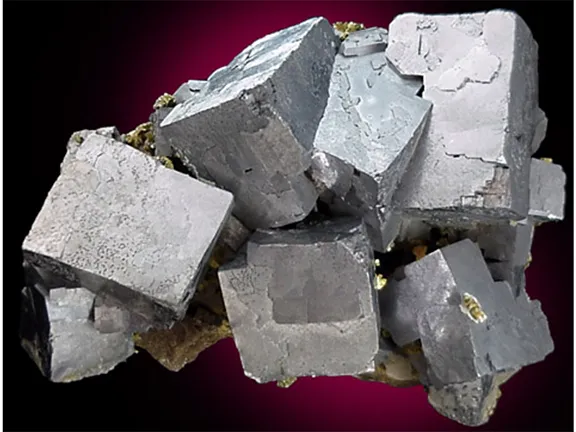
Galena
The Sierra Morena to the north and west of the City of Córdoba is heavily mineralised with abundant copper, lead and silver. Mines have been worked in this area since Roman times and, thanks to Pliny the Elder, we even know the name of one mine owner from the early years of the Roman Empire, S. Marius. Mining continued until the 19th century with no real advance in extraction techniques. Spain was a country rich in minerals with relatively few people who knew how to exploit them. For the British entrepreneurs of the late 19th century, who enjoyed ample sources of finance, easy access to the capital markets in their respective countries, superior international contacts and access to the most up-to-date technologies, this combination of advantages and the availability of a cheap labour force within Spain, proved an irresistible lure, a chance to make significant profits.
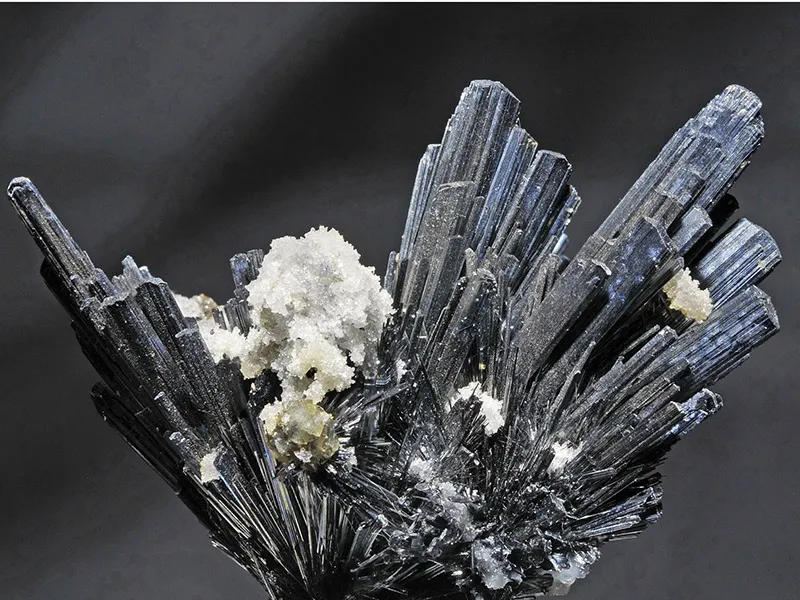
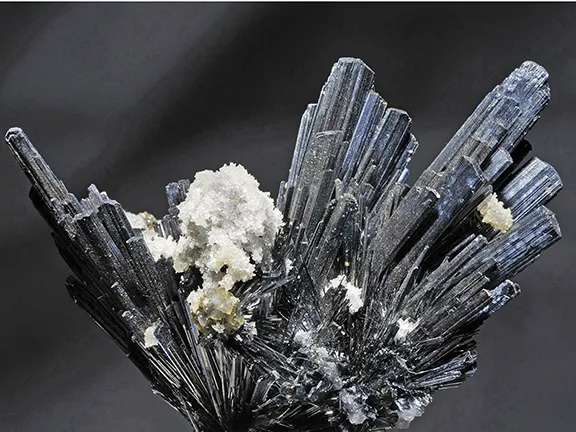
Antimony
Britain played a crucial role in the homogenisation of mines within southwest Spain (and globally), thanks to the mobility of technology, capital, engineers and workers. In Britain the same people tended to occupy senior posts in the management of several companies, which made it easier to establish agreements and did much to consolidate their control of the region’s resources. These links were even closer in the case of shareholders, with the same investors appearing in different countries. One of the key elements supporting these tightly bound networks was capital, or more specifically the people behind the capital. The mining history of the province of Córdoba provides good examples of the nepotism within the mining industry due to the existence of excellent records in mining journals, Board of Trade records and libraries in the UK and Spain for some of the mines in Córdoba province.
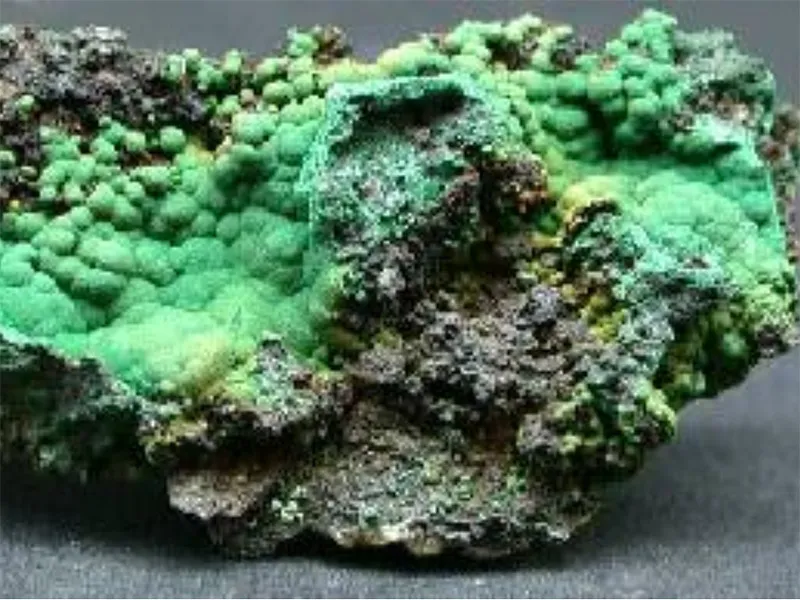
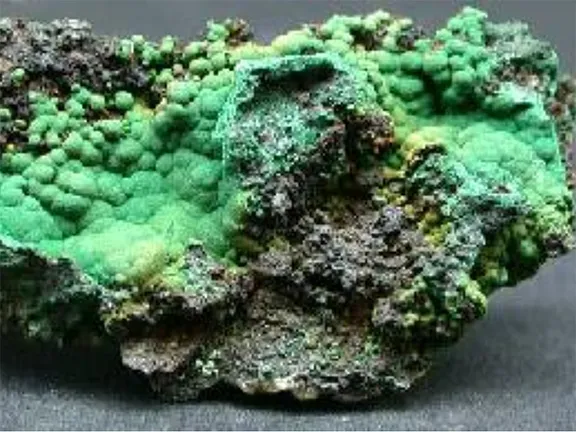
Malachite
In 1897, the Cordova Exploration Company Ltd was registered in Britain. The Company was initially formed to explore a silver, zinc, lead and barites prospect, Minas Mayo Segundo at Posadas. The principal shareholders were all from northeast England, Donaldson Cruddas and Andrew Noble, ordnance makers from the Elswick Works, Newcastle upon Tyne, and Walter Scott and Richard Esholt Carr, of the Bede Metal and Chemical Company Ltd, Hebburn, County Durham. Carr was to become the British vice consul in Córdoba. All were members of other mining companies or agencies. The minerals they found at Posados were galena (lead sulphide) and sphalerite (zinc sulphide).
In 1898, the Cinco Amigos concession at Posadas was transferred from the Cordova Exploration Company Ltd to Dos Naciones Company, a company established by Thomas Sopwith junior (who was involved in mining throughout the Córdoba and Jaén areas). It was subsequently transferred to the British based Calamon Mining Company of Spain who worked it successfully through to 1919.
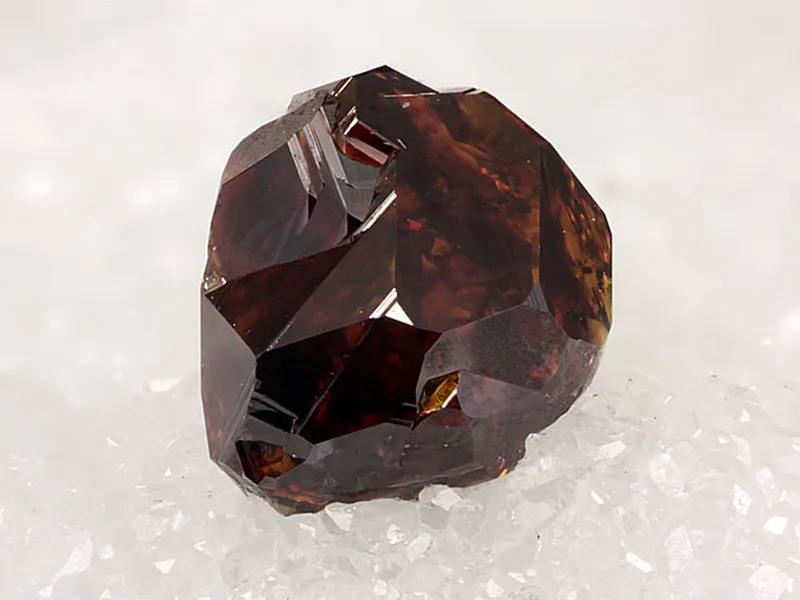
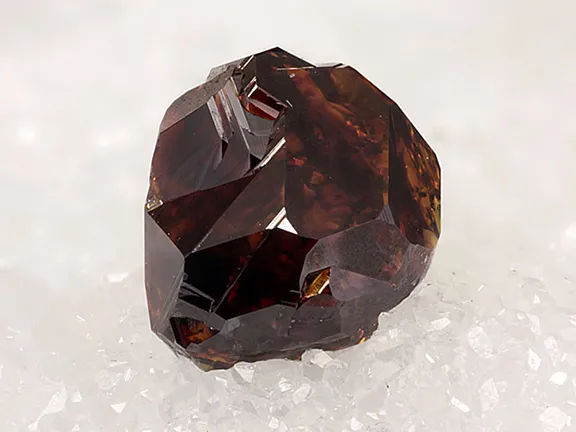
Spalerite
Cerro Muriano is an area about 16 kilometres north of the city of Córdoba in the Sierra Morena mountains. It is situated over extensive veins of copper bearing quartz that had been worked in Roman times and then abandoned. The Roman workings descended to 200 metres. At the end of the 19th century there was a low population and no economic activity to speak of in the area. Communications with the outside world were via the Cañada Real Soriana droveway, a track that became the N432a and, after 1873, via the Belmez to Córdoba rail line built to carry coal from the former to the port at Málaga.
After transferring the Posados concession to Dos Naciones Company, the Cordova Exploration Company Ltd then switched its attentions to Cerro Muriano. It is indicative of the flexibility displayed by this and other British companies that they could move their operations some 40 kilometres so quickly to take advantage of a prospect. There they found a suite of minerals that included malachite.
The arrival of the company radically changed the rural landscape. Over an area of 5 sq kilometres nine main extraction shafts were excavated: Calavera, San Lorenzo, Unión, Excelsior, Santa Victoria, San Rafael, Levante, San Arturo and Santa Isabel. The ore was first processed at a dressing plant and then taken half a kilometre to a smelting plant. Housing was built for the mine workers together with the urban infrastructure required by a small town.
By 1903 the mine shafts had descended to a level where they were prone to flooding and expensive pumping machinery was needed. Richard Carr called in John Taylor and Sons (already established in mining in Jaén province) and a new company, Cerro Muiriano Mines Ltd. was formed specifically to work the mine. The owners of this new company had substantial backing in London. The list of directors included Carr and Taylor. In 1905 a new pumping engine was installed, manufactured by Hathorn Davey of Leeds
In 1906, in an effort to bring in new capital, the North Cerro Muriano Mines Ltd. was registered to work a lode adjacent to the original mine. Again, Carr and Taylor were directors of this new company. Both Muriano companies were amalgamated into the Córdoba Copper Company Ltd in 1908, still under the directorship of Carr and Taylor. The Córdoba Copper Company was sold to a Spanish mining company in 1920 and a new company, the Indian Copper Corporation was registered in 1924. Capital from the sale was used to purchase several copper mines in India.
With hindsight it is possible to see the strategy employed by the group of entrepreneurs. The Cordova Exploration Company Ltd was created to prospect, acquire the mining property and then put the whole business into the hands of British companies funded from the UK and managed by shareholding acquaintances. Cerro Muiriano Mines Ltd, North Cerro Muriano Mines Ltd and the Córdoba Copper Company Ltd were responsible for exploiting the mine and marketing its output. The latter three were run by essentially the same people.
Over the course of its British ownership, Cerro Muiriano Mine received considerable investment in new and updated plant culminating in 1912 with the installation of Murex concentration technology and converters to produce blister copper. 1912, and 1913 were the most productive and profitable years for the mine and, despite the copper ore becoming harder to access, it was for political reasons that the mine’s fortunes started to decline.
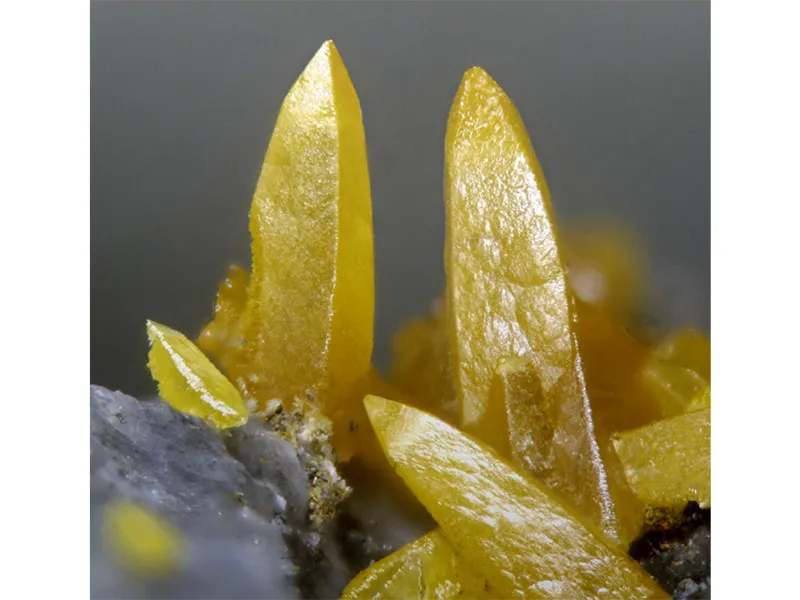
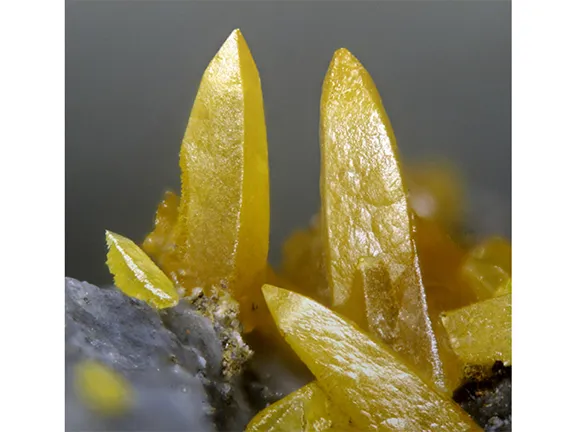
Wolfenite
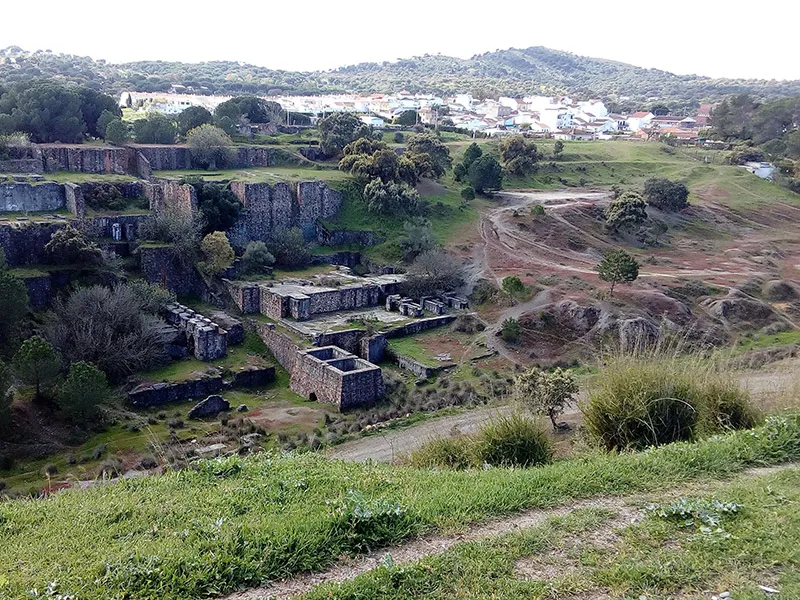
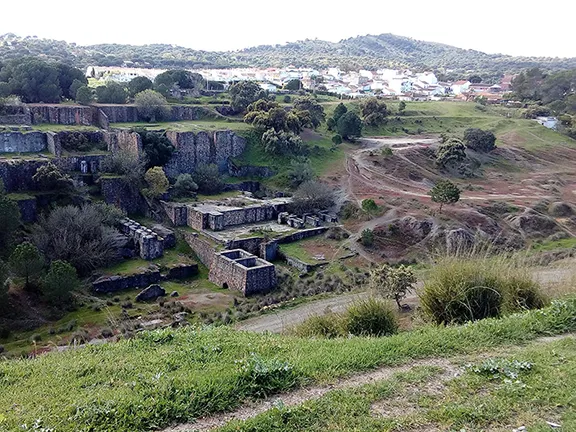
Cerro Muriano
Four kilometres east of Posados is the town of Almadóvar del Rio. One kilometre north of the town is the Leocadia concession. This was first explored by the Fortuna Company of Linares (in Jaén province) in 1897 and then transferred to the Almadóvar Silver Lead Mining Co. Ltd. in 1898. It was then acquired by Rincon Silver-Lead Mine Ltd later the same year. The Fortuna Company was set up by John Taylor and Sons who, as we have seen, also had interests in other mining ventures in the area.
Twenty five kilometres north east of Cerro Muiriano, Espiel is an antimony mine. Antimony is normally alloyed with lead and tin, it is used in batteries and for solders, bullets and bearings. What it had in common with Cerro Muriano is its many owners. The mine also produced a rare mineral, wolfenite (lead molybdate).
The Spanish Mining and Exploration Company Ltd. originally acquired the lease for the mine in 1902. Later the same year the lease was transferred to Santa Sofia Antimony Mines Ltd. The following year, 1903, the lease was bought by the Andalusian Antimony Mines Ltd. Finally, in 1907 the mine was acquired by Espiel Antimony Mines Ltd. that ceased operations in 1912, before finally being wound-up in 1913.
Belmez, 70 kilometres north of Córdoba, is one of the few places in Andalucia that has deposits of coal. The Belmez Coal Company was registered in 1890 and lasted five years. The market here was dominated by the French. In 1881 a group of Parisian entrepreneurs created a company called Sociedad Minera y Metalurgica de Pefiarroya to work with the Spanish company, Hullera Belmezana to extract and market the coal from the Belmez, Espiel, Pozoblanco and Peiiarroya-Pueblonuevo mining basin. By the beginning of the 20th century, the Penarroya industrial complex had become one of Spain's most important industrial centres. With the increased use of steam engines in the mining areas, coal became a sought after commodity. Coal from Belmez was transported by rail to Córdoba after the line opened in 1873. Prior to that the coal was transported by donkey and oxcart.
The Solana silver-lead mine, located in the far north of Córdoba Province is relatively remote. Like the majority of the mines in the region, it was worked by the Romans, but then seems to have been remained untouched until the 19th century when shallow mining was conducted. In 1883, the mine lease was acquired by a succession of three Scottish registered mining companies. The first, the Belalcazar Silver-Lead Mining Company, Limited, introduced steam technology. The Company deepened the mine workings, and many of the existing surface structures date from that period. However, success did not seem to be forthcoming, and by 1889, a second Scottish company, the Solana Mining Company, Limited, had been formed to take over the concessions. However, a legal argument between that Company and its shareholders resulted in its liquidation, and so in 1892 a third Scottish Company, Toro Mining Company, Limited, acquired the lease.
By this time however, it was probably realised that the venture was never going to be a success, especially as the market pricefor lead was falling. The third company went into liquidation in 1894, and the pumping and winding machinery were sold to a Spanish mining company and removed from the site. Despite some 20th century mining interest in the area the mine was not worked again until the 1970s when the Peiiarroya Company reworked the mine dumps.
Even though Spain was neutral during the First World War, the war caused a number of problems for the mining industry in general, not just in Córdoba province; the cost of raw materials rose, international markets closed, Spain became increasingly protectionist and sterling fell in value. The Armistice was followed by a world depression in the 1920s. Whilst some British lead mining continued after the war, it was felt by the managers of the Córdoba Copper Company Ltd that Cerro Muiriano Mine was in a natural reserve and likely to be taken over at any time by the State, it did not have the copper reserves to justify staying open and that the money could be better spent in India.
The question may be asked, ‘Why did the Spanish allow so much control (and the profits) of their natural resources go to companies overseas’? The answer is with the Spanish themselves. There were few entrepreneurs. Those with money preferred to anchor the money in land. On the land, labour was so cheap that it was more profitable to use human labour than invest in the latest machinery (in parts of Almeria that still applies today). The same principle was transferred to mining. Machinery was only purchased as a last resort. At Pozo Ancho in Linares (Jaén province) it is recorded that 192 men carried sacks of water up ladders from a depth of 90 metres to 55 metres. The water bags were then raised to the surface using a capstan worked by 24 mules. A Cornish steam pumping engine installed in 1849 made the manual method redundant.
The economic problems of the 1914 -1920 period, the failure of some mines and the consolidation of others into one company and the sale of mines to Spanish companies meant that by 1920 there were only fourteen British registered mining companies left in Andalucia. In Córdoba the sole survivor, the Córdoba Copper Company Ltd. was in the process of being sold.
This is a list of the British registered mining companies that came and went in Córdoba province. Some prospered, some never got started. There may well be others missing from the list. I have only included those for which there is conclusive information.
Readers should also note that there is little mention of other foreign influence. The French, German and Belgians were also actively involved in mining and providing the mining infrastructure such as railroads and mining machinery, all areas for future research.
Andalusian Antimony Mines Ltd. Registered: 1903 Santa Sofia, Se Realizo and Por Si Acaso mines -- three kilometres from Espiel
Belalcazar Silver-Lead Company Ltd. Registered: 1883 Dissolved: 1890
Belmez Coal Company Ltd. Registered: 1890 Dissolved: 1895
Calamon Mining Company of Spain, Ltd. Registered:1904 Dissolved: 1919 Calamon mine - bought from the Dos Naciones Company - a Sopwith company.
Cerro Muriano Mines, Ltd. Registered: 1903 Dissolved: 1911 Company reconstructed as the Cordoba Copper Company in1908
Cordoba Copper Company, Ltd. Registered:1908 Dissolved: 1923 Mine sold and the company re-formed as the 'Indian Copper Corporation'.
Cordoba Silver-Lead Mines Company Ltd. Registered: 1890 Dissolved: 1913 Maria; Teresa; Teodoro; Alberto; Alberto Segunda; Alemana; Casualidad; Carmen; Carmen Segunda; Margarita; Margarita Segunda; Guillermo
Cordova Exploration Company, Ltd. Registered:1897 Dissolved: 1908 Mayo Segunda mine
Cordova Iron Mining Company, Ltd. Registered: 1876 San Lazaro, San Jose and San Luis mines at Villa Viciosa, Cordova.
Cordova Lead Mines, Ltd. Registered:1905
Cordova Mines, Ltd. Registered: 1905 Agreement with the Spanish Mining and Exploration Company, Ltd.
Cordova Mining and Exploration Company, Ltd. Registered:1910 Dissolved: 1915. Minilla, Cerro Gordo, Miradero, Ventura di los Rubios, Dehesa del Rubio (all near Fuente Orejuena)
El Descuido Company Ltd. Registered: 1886 Dissolved: 1890 San Antonio and El Descuido Antimony mines near Espiel.
El Descuido Company Ltd. Registered: 1890 San Antonio and El Descuido Antimony mines near Espiel
Espiel Antimony Mines, Ltd. Registered: 1907 Took over the undertakings of the Andalusian Antimony Mines, Ltd. - Santa Sofia, Se Realizo and Por si Acaso - 30 acres.
North Cerro Muriano Copper Mines Ltd. Registered:1906 Dissolved: 1911
Solana Mining Company Limited. Registered: 1889 Dissolved: 1893
Southern Minerals Company, Ltd. Registered: 1867
Toro Mining Company Ltd. Registered: 1892 Dissolved: 1894
References and further reading
Cano Sanchiz, Juan. (2017). Mining a Globalized World - Local Impact and International Linkages of the British Exploitation of the Cerro Muriano Mine (Spain, 1897-1919). Mining History. 20. 19-26.
Klein, Sabine & Domergue, C. & Lahaye, Yann & Brey, Gerhard & Kaenel, H.-m. (2009). The lead and copper isotopic composition of copper ores from the Sierra Morena (Spain). Journal of Iberian Geology. 35.
Vernon, Robert. (2003). Beyond Huelva: Other British Mining Legacies in Andalucia, Spain.
Vernon, Robert. (2006). British archival information relating to mining operations in Spain and Portugal. An overview with examples from Andalucia.
Vernon, Robert. (2009). The Linares Lead Mining District: The English Connection. De Re Metallica. SEDPGYM, (Madrid, Spain). 13. 1 to 10.
Vernon, Robert. (2016). English miners in Spain during the 19th century - Mineros ingleses en España durante el siglo 19.
Vernon, Robert. (2016). Mining Areas of Southern Spain - Seville to Linares Suggested places to visit. Notes for delegates to the 11th International Mining History Congress.
Vernon, Robert. (2017). Database of British Registered Mining Companies formed to acquire, and work mines, in Spain and Portugal.
Vernon, Robert & Cabrera, A.M.. (2018). La Mina Solana de Belalcázar: Una Borrascosa Operación Minera Escocesa en Córdoba ----- Solana Mine, Belalcázar, Córdoba: An extraordinary Scottish mining venture. 30. 71 to 88.